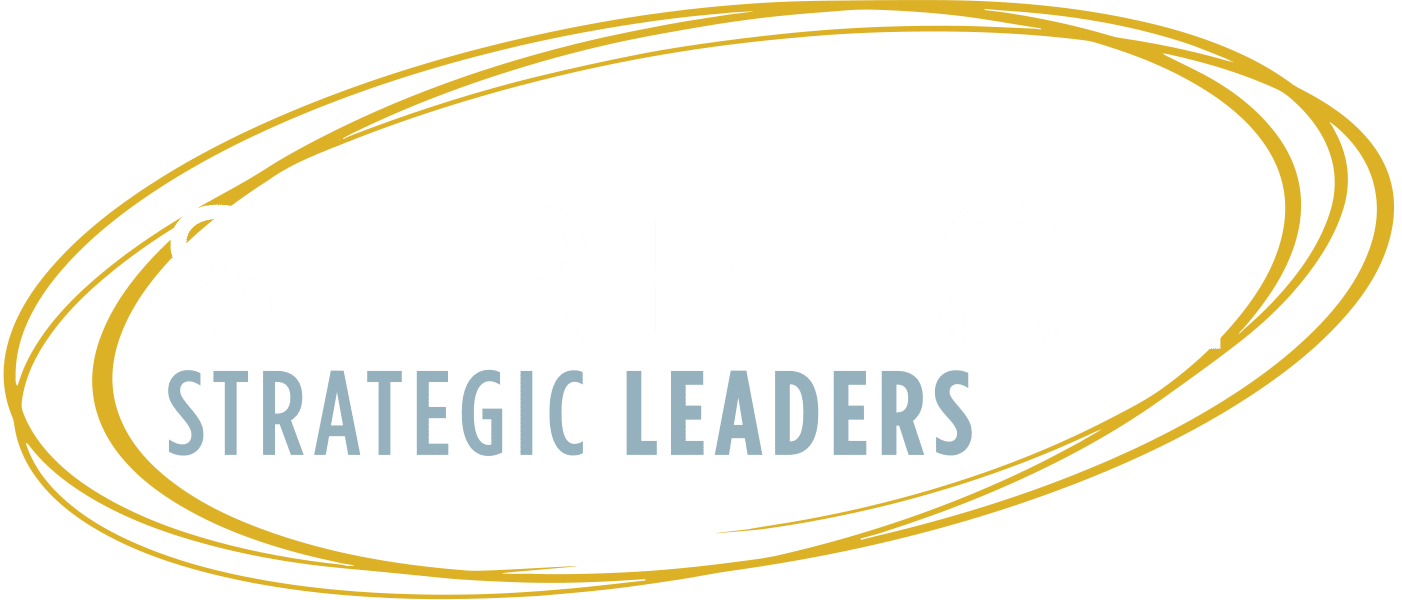We all know 70% of companies with a strategy outperform their competition and are 12% more profitable. Unfortunately, we also know less than 15% of strategic plans are implemented!
How is this possible?
Does this mean there’s a lot of wasted time and resources on strategy?
I say an emphatic “NO” and here’s why…
Strategic planning is a team building experience, just like a ropes course. With a good process, strategic planning should be as fun as a ropes course. Think about it…the nervous energy (reading customer and employee feedback), the thrill (visioning and defining strategic Stretch goals). Plus, the best part: building a High-Performance Leadership team and working through conflict (gaining alignment and commitment to the long-term strategic direction! Doesn’t this sound fun!
This or that? I say both!


Lots of great strategic working sessions involve happy hours, awesome dinners, and even a ropes course!
The best part: with a good strategic planning process, you can solve the industry implementation challenge!
Industry-wide, the strategic implementation rate is less than 15%. Our clients, however, achieve more than a 40% implementation rate! Why is this? Our Stretch process invests in both (1) the leader and (2) a proven strategic planning process. As a result, our leadership teams are more aligned and have better outcomes!
When Cyndi is asked the question, “Why do people change?” her response is simple: because they want to. It’s really that simple. So, why do people want to change? Because you include them, invest in them, and help them understand why a change is needed by involving them in the data-gathering and discussions.
How to start? It’s easy – begin with these three steps:
- Decide if you want your organization to change. This starts at the top with stakeholder goals and expectations. If key leaders are happy “as is,” hopefully “as is” works. If not, work with your key stakeholder to understand their five-year goals. If you are the key stakeholder, write them down and communicate them.
- Explore resources to help you through the process. Is this a “strategic change,” an “operational change,” an “organizational change,” or a “functional change” (product, sales, marketing)? You get the idea – determine what kind of change do you need and find the resources to help. Since we are strategic experts, let’s assume you want a “Strategic Change.” This means defining your 5-10 year vision, assessing/updating your mission or purpose, evaluating your core values, and defining your key strategic choices (markets, offerings, geographies). Plus, most importantly, aligning to 1-3-5-year strategic goals.
- Identify who should be on your “Strategic Planning” team. This needs to be a high -functioning team. Your key executives should be part of the strategic discussions, as well as key leaders in the organization. It’s also a great professional development opportunity, so think about your next generation of leaders. We have developed a tool you can download to help you think about it.
Our next Stretch Strategic Chat on March 2 will be all about the Strategic Team – along with two other critical teams, Executive and the Operational. Hope you’ll join us!

